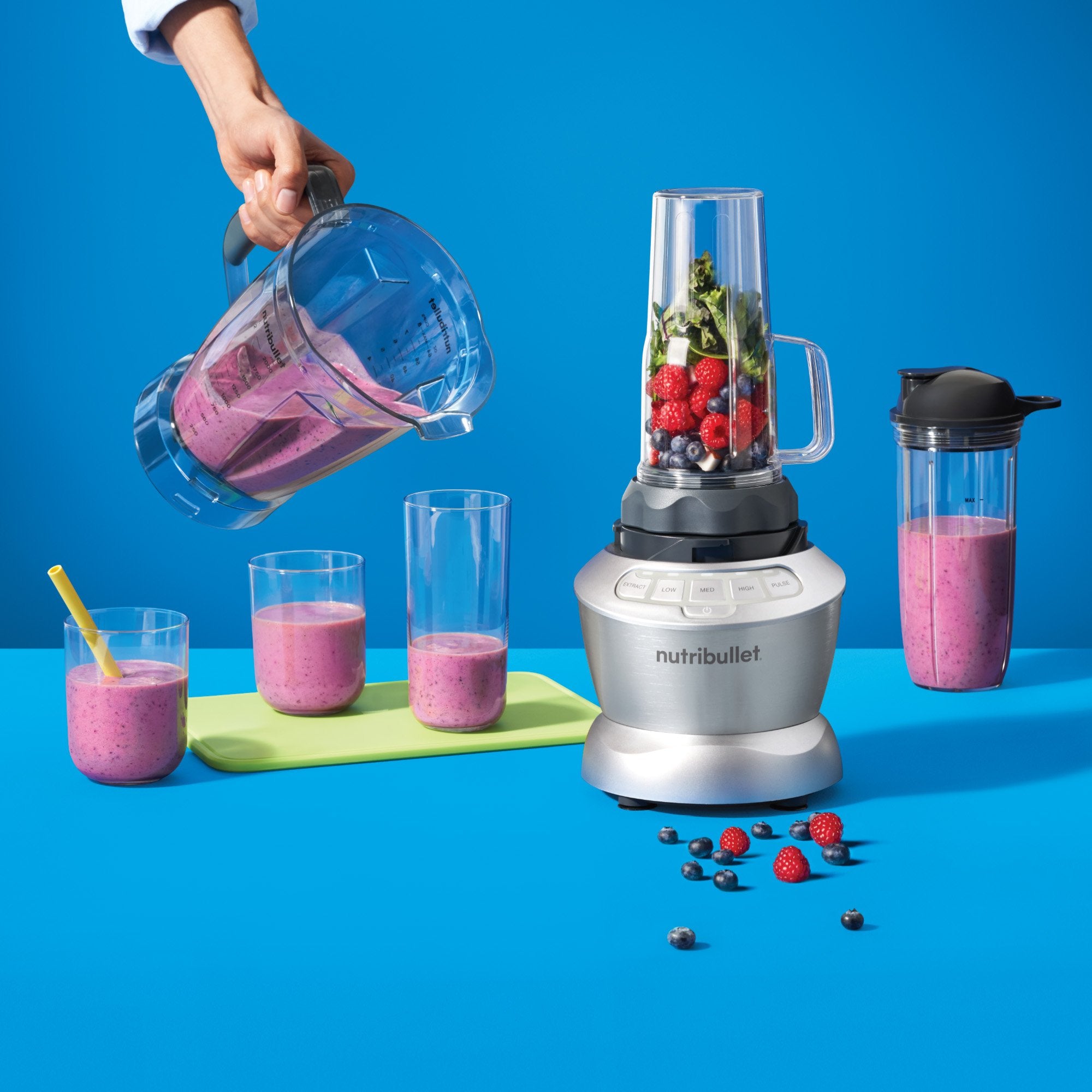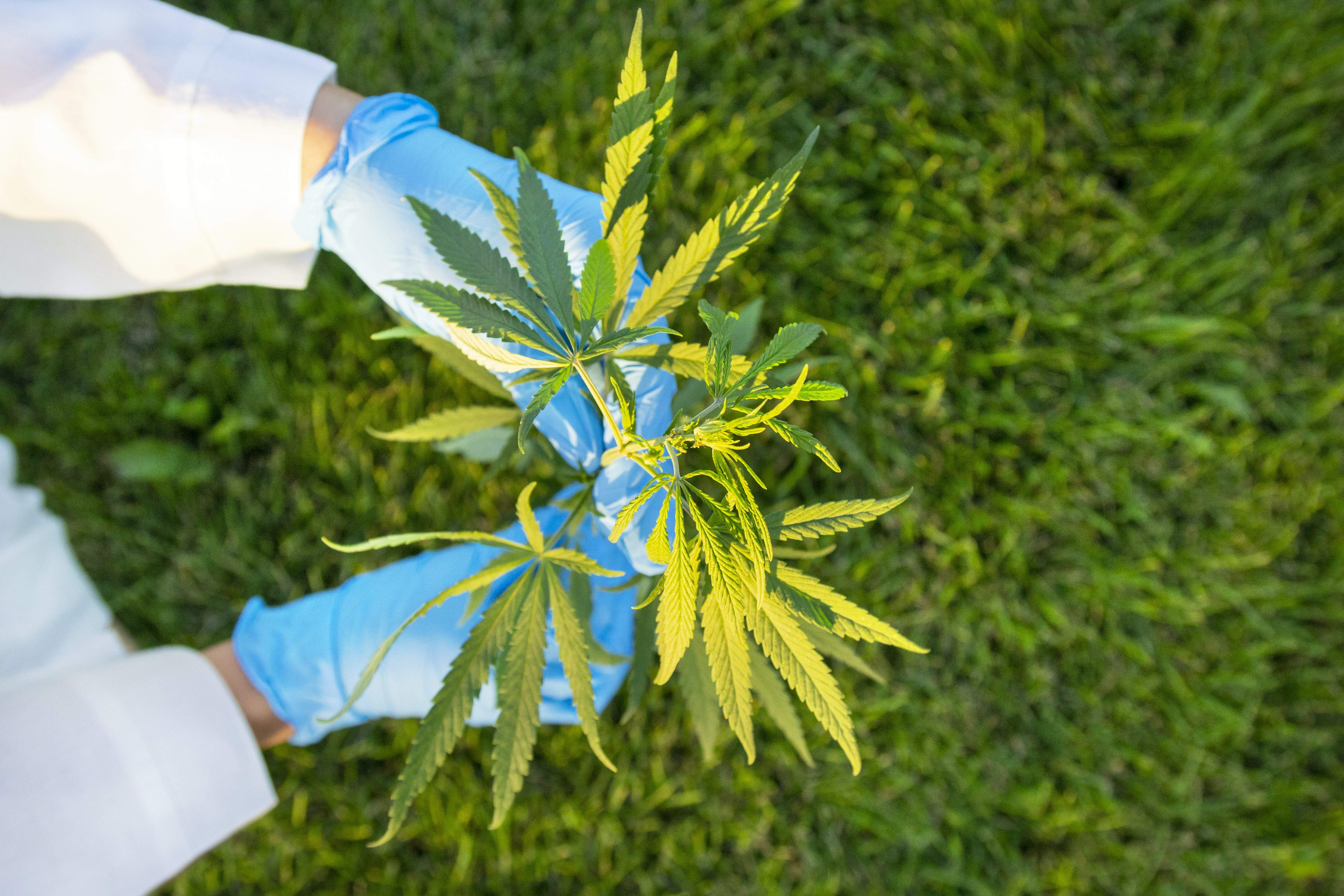The Dark Side of Wine
While the media praises red wine for its ability to promote health, prolong life, and stave off heart disease, it's possible there's more to the story.
Over 23 percent of people complain of wine allergy or wine intolerance.
Researchers at the Institute of Microbiology and Wine Research at Mainz University, Germany, report that a relatively high percentage of people show signs of an intolerance to wine—specifically, red wine.
If you've ever had flushed skin, a runny nose, or a headache after drinking a glass of red wine, you may have wine intolerance or a wine allergy. But not to fear – several healthy alternatives to wine are available!
According to their study, over 23 percent of people complained of wine allergy or wine intolerance, with symptoms that included:
- Flushed skin
- Runny nose
- Itching
- Rapid heart rate
- Headache
- Diarrhea
- Stomach or intestinal cramping
Red wine is made with the skin of the grapes. Grape skin gives the wine its red hue, but it also contains a protein that is a known allergen.
Wine Intolerance
While grape skin contains a known allergen, wine can also trigger a headache or migraine, promote high blood pressure, and irritate the gastrointestinal tract. This is because wine contains a group of chemicals called biogenic amines, which are pro-inflammatory and increase blood flow. Examples of biogenic amines include histamine and tyramine.
Alcohol inflames the gut, making it leaky and increasing the absorption rate of histamine and tyramine. And, because alcohol irritates the digestive tract, it also profoundly affects the body’s ability to break down biogenic amines.
Some people are more sensitive to histamine and tyramine than others—which is why more producers are now enlisting the help of wine starter cultures and technologies like flash pasteurization.
According to Professor Dr. Helmut König at the JGU Institute of Microbiology and Wine Research (IMW), we are seeing an increase in sensitivity to biogenic amines and, more specifically, to red wine.
Alternatives to Wine
Research tells us that red wine has a lot to offer because of the polyphenols found in red grapes. Polyphenols are a group of antioxidants produced by plants. They act as a buffer against oxidative stress, which ages and weathers the body. They safeguard against inflammation. They can protect the body against heart disease. They can help regulate blood sugar. And they can dampen pathways that lead to brain degeneration and Alzheimer’s disease.
Studies even show that good bacteria benefit from polyphenols in the diet.
However, wine also contains alcohol—a toxin that destroys brain tissue, inflames the gut, burdens the liver, and has even proven itself addictive.
Instead, look for foods high in polyphenols. These can include black and green tea, all natural cacao, and spices like peppermint, cloves, and celery seeds. Flaxseeds are also rich in polyphenols, as well as nuts and berries. Substitute these in for a post-dinner dessert or have tea in place of wine for an anti-inflammatory drink with all the polyphenol benefits.
Not sure if you're allergic to wine? You could be experiencing an allergy to this, or other common allergens in your diet. It's important to talk to your doctor about isolating the cause of your allergy symptoms in order to better understand how your diet is affecting your overall health.
Nutritional information
Recipe: Creamy Green Strawberry Dream Serving in this recipe:1
- Calories: 236.6
- Total Fat: 3.6 g 5.5%
- Saturated Fat: 0.4 g 1.9%
- Cholesterol: 0 mg 0%
- Sodium: 358.7 mg 14.9%
- Total Carbs: 45.7 g 15.2%
- Dietary Fiber: 9.9 g 39.4%
- Sugar: 22.1 g
- Protein: 8.1 g 16.2%
- Vitamin A: 481.9% Vitamin C: 244.1%
- Calcium: 68.5% Iron: 26.1%
* Percent Daily Values are based on a 2,000 calorie diet. Your daily values may be higher or lower depending on your calorie needs.





















